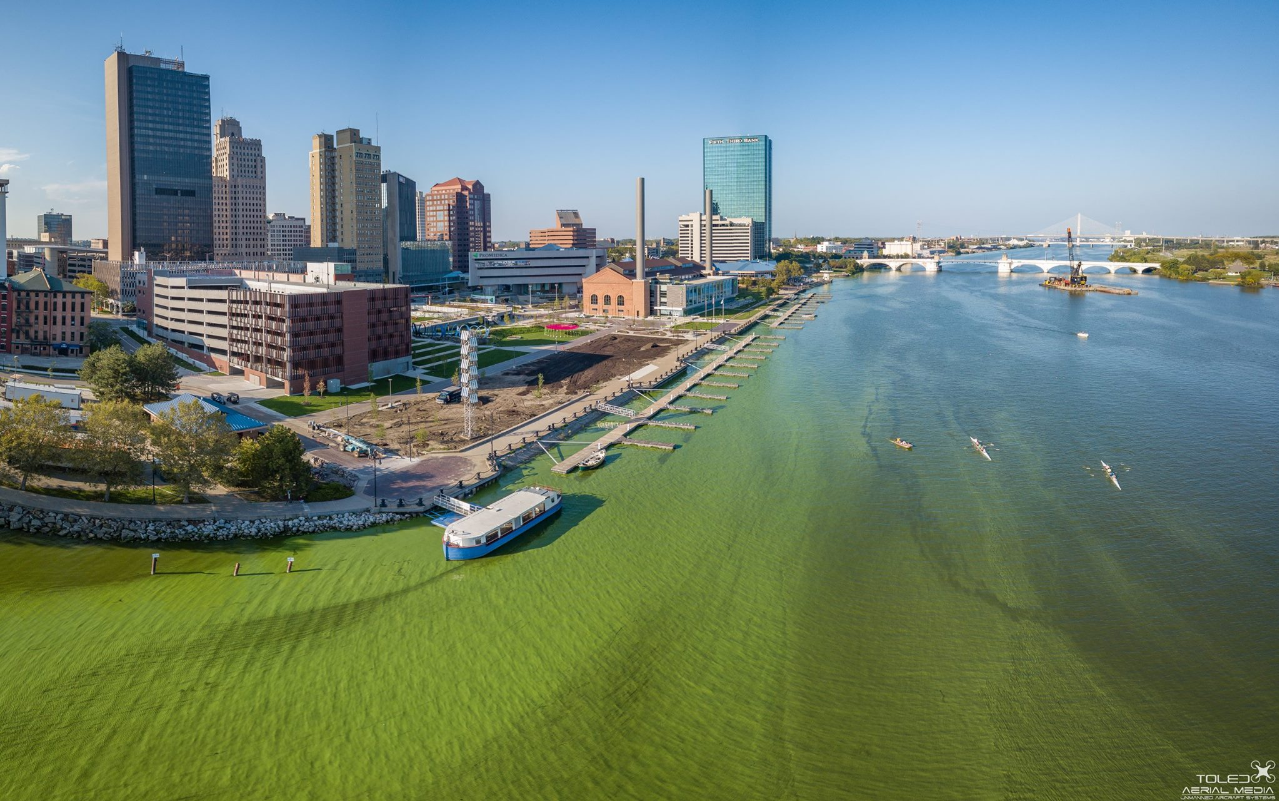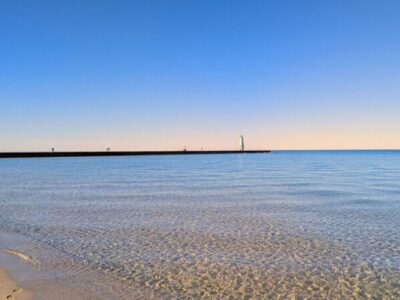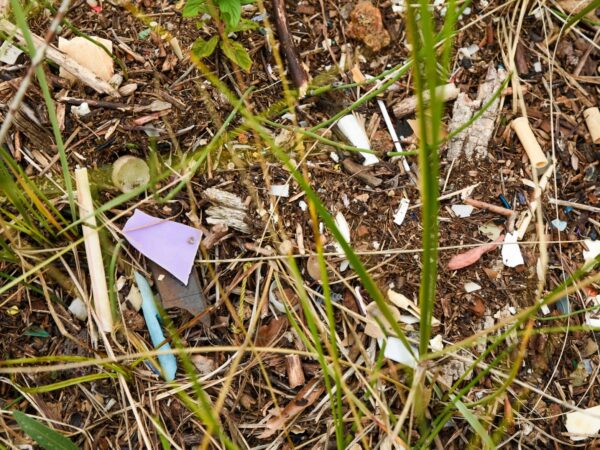
Ryan Schnurr grew up near the Maumee River’s beginnings in northeast Indiana, but it wasn’t until he was in his 20s, living within sight of its embankments, that he really started thinking about the waterway.
“What was its history?” he wondered. “And what story does it continue to tell about the region?”
In graduate school, the Fort Wayne native authored a 5,000-word essay about the 137-mile river where he started to answer those questions, largely using others’ research and writings. His professor suggested he could have enough for a book if Schnurr would do some more of his own legwork.
So Schnurr decided to hike and canoe the length of the river. Starting in his hometown and ending at Toledo, Ohio, he passed through farmlands, small towns and industrial centers before making it to Lake Erie’s coastline. It took him eight days, and along the way he camped, stayed in a bed and breakfast and avoided the property with a sign warning that trespassers would be shot.
“I’m not really a hiker or a wilderness guy,” he said. “I’m not the person that goes on a hike because he likes hiking. I go on a hike because I’m curious about something and that seems the best way to learn about it.”
Published in 2017, his book “In The Watershed: A Journey Down the Maumee River,” evolved from those first questions and the initial essay into a “million little lessons” about how the Maumee and other water systems are connected with and affected by people, industry, history and modern society.
Schnurr, who is now the editor of Belt Magazine based in Cleveland, recently spoke with Great Lakes Now about his book, the Maumee and covering Great Lakes issues. Here’s an edited transcript of that conversation:
Great Lakes Now: You started the process of writing the book with a question about what the river knows and what we can learn about ourselves and the region by asking – and trying to answer – that question. Did you?
Ryan Schnurr: I thought that I might come away with some big epiphany at the end of the trip. You read enough nature writing books and everybody sort of comes away with an epiphany. And my lack of epiphany was that it’s not just one big lesson the Maumee River has for us. It’s this complicated old interconnected space and there’s a million little lessons in it.
GLN: The Maumee River traverses where the Great Black Swamp used to be. When you traveled the river’s route, did you see evidence of this former geography?
Watch Great Lakes Now’s “Great Black Swamp” segment, produced by WGTE-TV in Toledo.
RS: I think we see the legacy of the Black Swamp in its absence. If we know what a swamp does, we know that the river behaves a particular way because it doesn’t have the swamp. And for me, I can’t think of any of this divorced from broader geography and history. I think we see the effect the swamp had on settlement. People who were headed to Michigan would get to swamp, known as one of the most ferocious geographies in the territory, and they’d say “Ohio looks fine. Let’s stay here.”
We see the legacy of the swamp in the towns that were built along it to timber the land. We see the legacy of the swamp in the rich soil – that’s the whole reason people drained the swamp, the farmland. We see the remnants of the swamp in everything that comes after it, and that’s the larger point of the book: everything is the result of something else. While I can’t see drainage tiles under the farmland and didn’t see the swamp itself, the landscape I do see still carries the echoes of the swamp in everything that’s on it.
GLN: The Maumee River is in the news these days because it carries nutrients that contribute to algal blooms in Lake Erie. Was this part of your book research and narrative?
Read more of Great Lakes Now work on harmful algal blooms here:
Understanding Algal Blooms: Conference reveals new projects, looks at Chesapeake Bay’s example
Voters on Pollution: New poll says northwest Ohio voters support CAFOs crackdown
7.5 on Severity Index: Projections for Lake Erie toxic algae worse than 2018
Lake Water to Tap Water: Making Great Lakes water drinkable is not easy
RS: If anybody knows anything about the river, it’s maybe either something about walleye or the blooms. But the problem with the latter is that it can start to feel like oh, we have this crisis here and we don’t know what we are going to do about it. The reality is that the crisis is the result of a very specific set of historical processes involving people that unfolded over a long period of time, that are linked to settlement, that are linked to timbering, that are linked to agriculture, that are linked to the development of cities and industrialization. There are successes people have had, from people putting in buffer strips, farmers who put buffer strips between their land and the river.
Initially I was thinking, “Oh man, the river is involved with this bad stuff happening in Lake Erie.” But as I studied the river and spent time with this river, I began to see the ways that current problems don’t just exist in the present. They exist as an extension of the past and as a precursor over the future.
So the other question now to me is not just how do we stop these blooms from happening now, but also asking ourselves what are we doing in this watershed that could cause problems in the future?
GLN: You mentioned earlier “a million little lessons” from the river and writing this book. What were a few of those?
RS: We often think about ourselves as very independent and individualistic, but everything about our lives is deeply connected to things that are happening all over this watershed. When you walk from one end of the river to another, you explicitly see how what I do on my street links explicitly to what is happening in Lake Erie, such as anything I were to dump on a lawn. Those connections do exist, but I think I’m hoping to do with the books is say there are also connections across time.
GLN: And another lesson?
RS: I loved teasing out in the process of writing the complex relationship between people and the river historically and thinking of the river as having a personality and being a character in the region. I started out thinking about the ways that a river as a body carries knowledge, what the river says about us, the physical knowledge of the river as a text where people who know rivers can look at it and say the composition of the river or the flow of this river tells us something about the landscape around it and the people who live in the landscape.
But there’s also a less scientific way of thinking about the river. I’m of the opinion that if you go sit by a river or a tree, you’re going to learn something. And that’s a different type of knowledge that I’m interested in as well.
Featured Image: Maumee River near Downtown Toledo, courtesy of toledoaerialmedia.com




